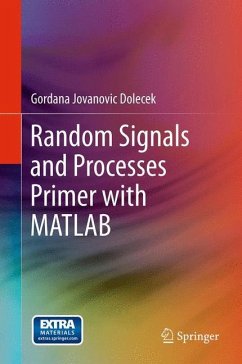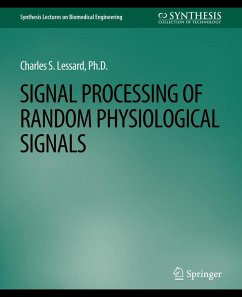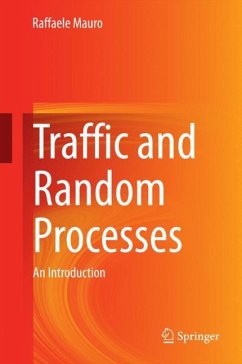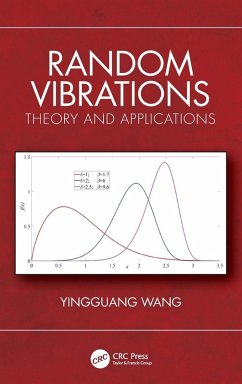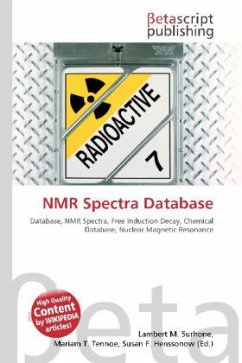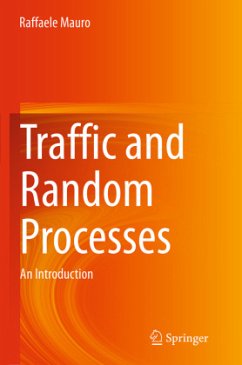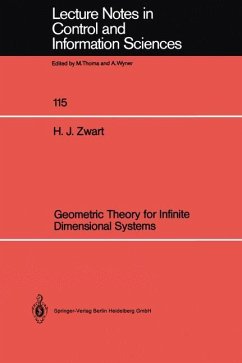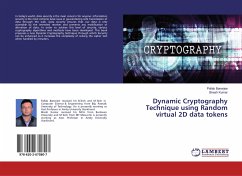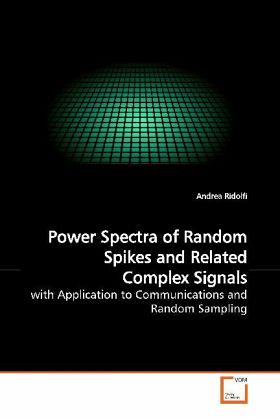
Power Spectra of Random Spikes and Related Complex Signals
with Application to Communications and Random Sampling
Versandkostenfrei!
Versandfertig in 6-10 Tagen
39,99 €
inkl. MwSt.

PAYBACK Punkte
20 °P sammeln!
``Random spikes'''' belong to the common language used by engineers, physicists and biologists to describeevents associated with time records and locations in space. Data andsignals consisting of, or structured by, sequences of eventsare omnipresent in communications, neurobiology, computer science andsignal processing. We present a systematic study of theproperties of random spikes and related complex signals, the latterbeing the result of various operations (filtering, jittering,delaying, thinning, clustering, sampling, and modulating) on a basicevent stream. More specifically, we focus on s...
``Random spikes'''' belong to the common language used by
engineers, physicists and biologists to describe
events associated
with time records and locations in space. Data and
signals
consisting of, or structured by, sequences of events
are omnipresent in communications, neurobiology, computer science and
signal
processing. We present a systematic study of the
properties of
random spikes and related complex signals, the latter
being the
result of various operations (filtering, jittering,
delaying, thinning,
clustering, sampling, and modulating) on a basic
event stream. More
specifically, we focus on second order properties,
which are
conveniently represented by the spectrum. The first
contribution is
theoretical: a modular approach for the construction
of complex
signals and formulas for the computation of the
spectrum that
preserve such modularity (each additional feature
added to a basic
model appears as an explicit separate contribution in
the
corresponding basic spectrum). Applications of the
theoretical results are then presented: spectral
formulas for traffic
analysis, randomly sampled signals, and pulse based
communications, including UWB ones.
engineers, physicists and biologists to describe
events associated
with time records and locations in space. Data and
signals
consisting of, or structured by, sequences of events
are omnipresent in communications, neurobiology, computer science and
signal
processing. We present a systematic study of the
properties of
random spikes and related complex signals, the latter
being the
result of various operations (filtering, jittering,
delaying, thinning,
clustering, sampling, and modulating) on a basic
event stream. More
specifically, we focus on second order properties,
which are
conveniently represented by the spectrum. The first
contribution is
theoretical: a modular approach for the construction
of complex
signals and formulas for the computation of the
spectrum that
preserve such modularity (each additional feature
added to a basic
model appears as an explicit separate contribution in
the
corresponding basic spectrum). Applications of the
theoretical results are then presented: spectral
formulas for traffic
analysis, randomly sampled signals, and pulse based
communications, including UWB ones.



